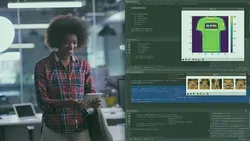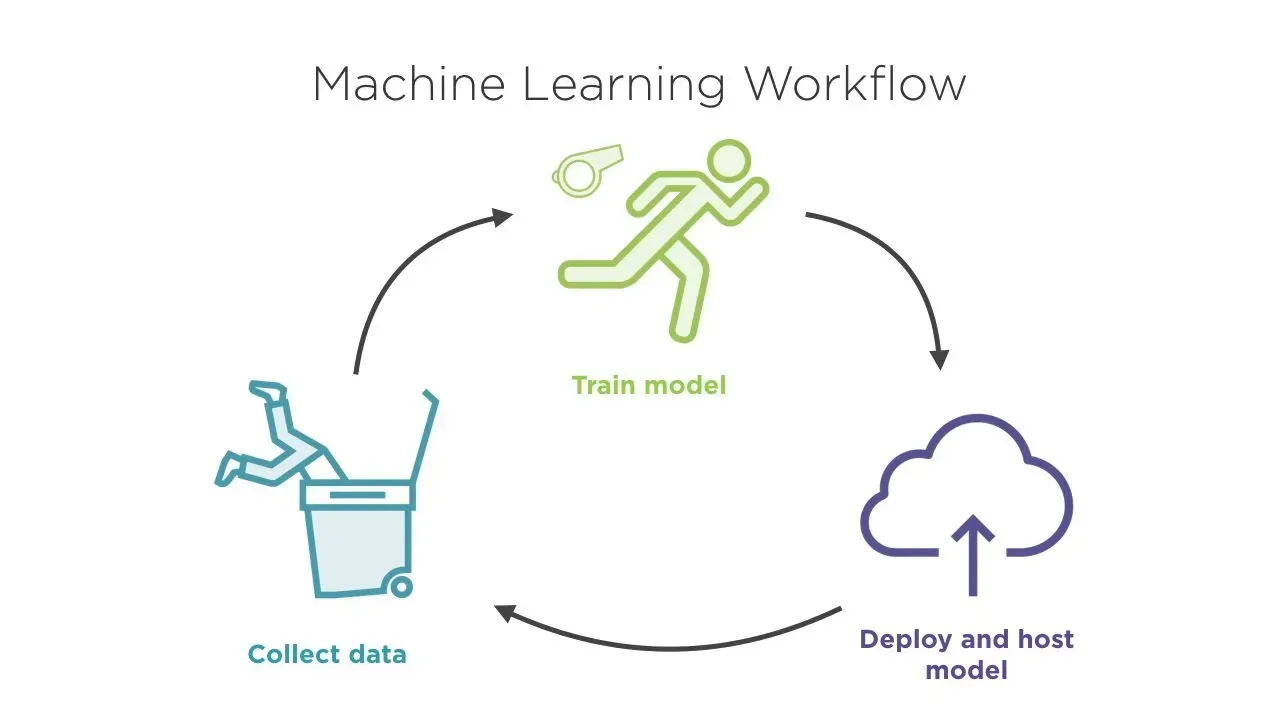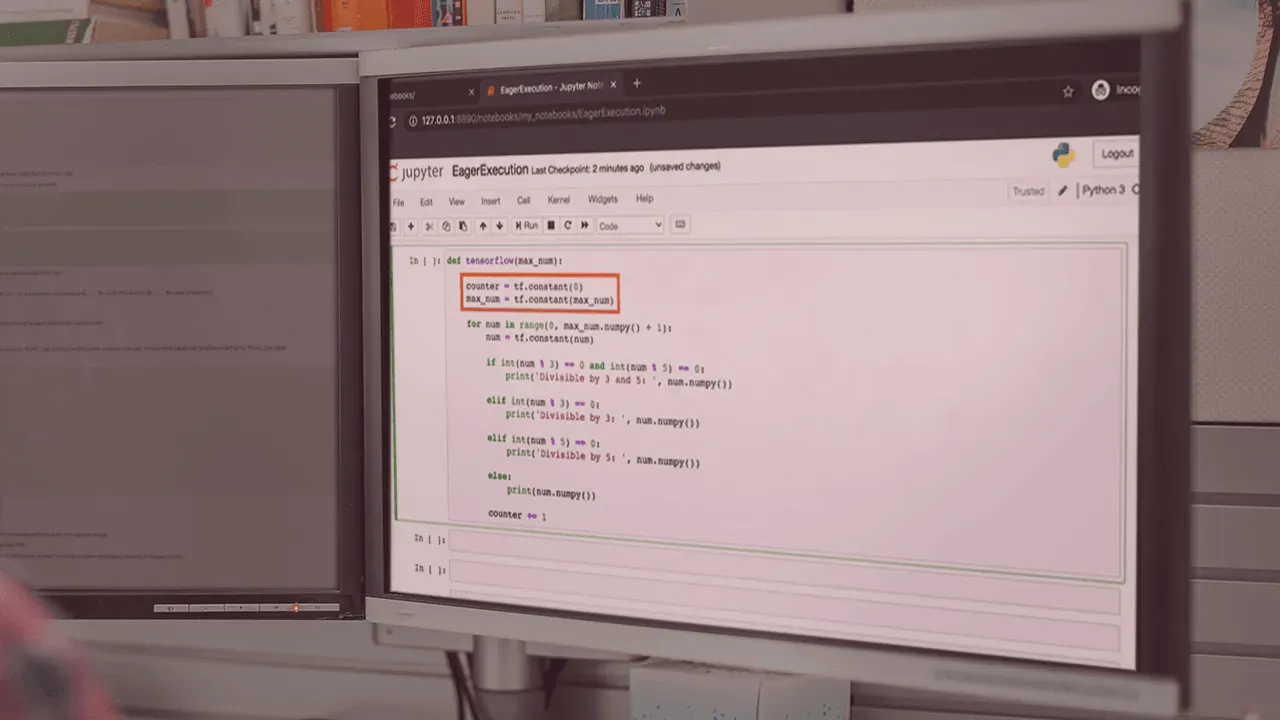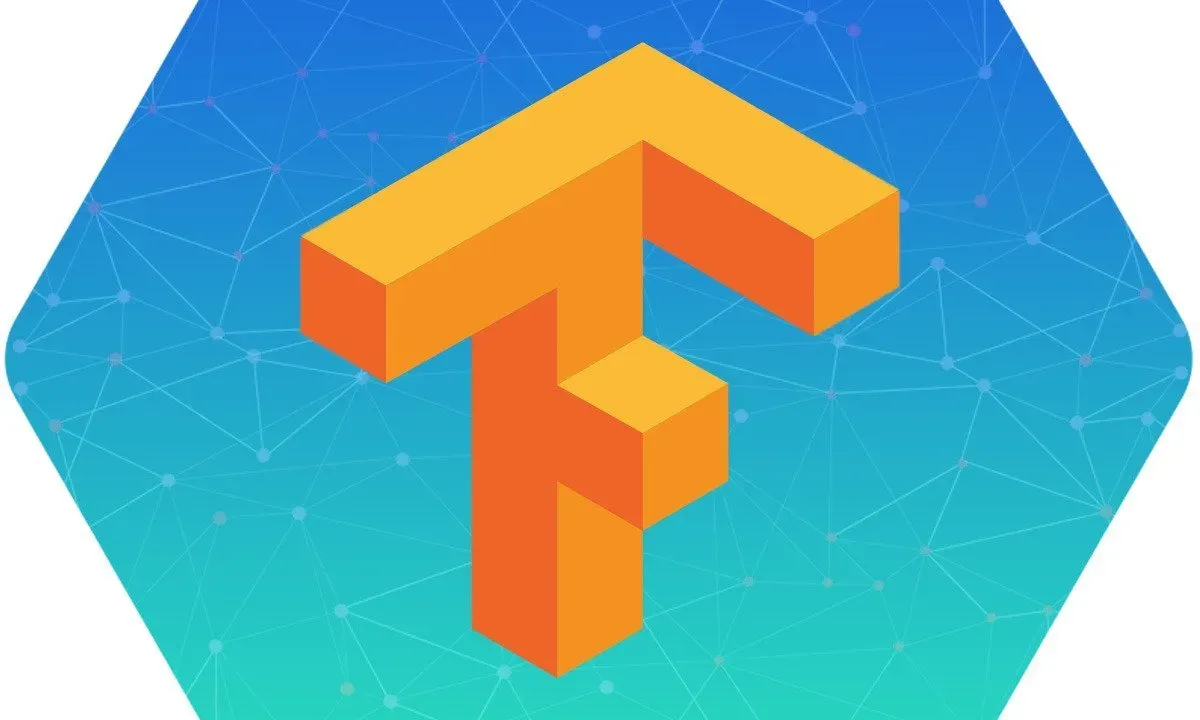
Designing Data Pipelines with TensorFlow 20

This course explores the tf.data module, a unified interface for managing data pipelines in TensorFlow 2.0. Participants will learn how to use this module to simplify and streamline their data pipelines.▼
Course Feature
![]() Cost:
Cost:
Free Trial
![]() Provider:
Provider:
Pluralsight
![]() Certificate:
Certificate:
Paid Certification
![]() Language:
Language:
English
![]() Start Date:
Start Date:
On-Demand
Course Overview
❗The content presented here is sourced directly from Pluralsight platform. For comprehensive course details, including enrollment information, simply click on the 'Go to class' link on our website.
Updated in [February 21st, 2023]
(Please note the following content is from the official provider.)
This course will evaluate one of the largest changes from TensorFlow 1.0 to TensorFlow 2.0 – the tf.data module. This simplified and unified interface makes managing data pipelines easier with tf.data.
TensorFlow 2.0 has made it easier to manage data pipelines with tf.data through their simplified and unified interface. In this course, Designing Data Pipelines with TensorFlow 2.0, you'll learn to leverage the performance improvements from the TensorFlow data module. First, you'll discover how to load data into TensorFlow. Next, you'll explore prepping data for model training and feature engineering. Finally, you'll learn how to leverage the performance optimizations of the data pipeline. When you're finished with this course, you'll have the skills and knowledge of building data pipelines needed to have data ready for model training in TensorFlow.
(Please note that we obtained the following content based on information that users may want to know, such as skills, applicable scenarios, future development, etc., combined with AI tools, and have been manually reviewed)
Learners can learn how to design data pipelines with TensorFlow 2.0, which is a powerful tool for machine learning and artificial intelligence. They will learn how to load data into TensorFlow, prepping data for model training and feature engineering, and leveraging the performance optimizations of the data pipeline. They will also gain an understanding of the differences between TensorFlow 1.0 and TensorFlow 2.0, and how to use Python and deep learning to create data pipelines. Finally, they will gain the skills and knowledge needed to have data ready for model training in TensorFlow.
Course Provider






